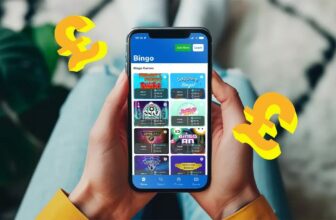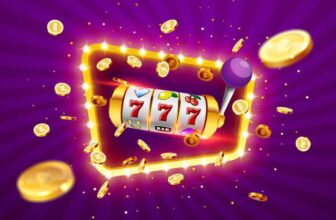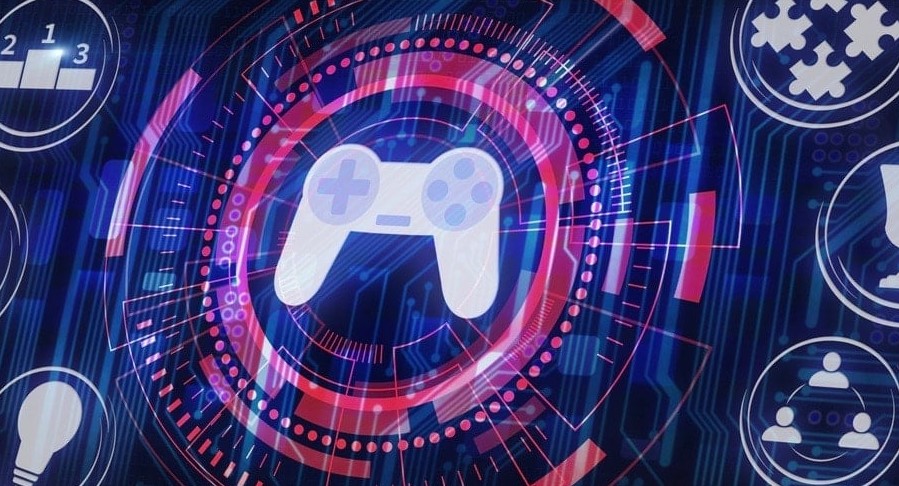
In today’s fast-paced digital world, influencers are constantly on the lookout for innovative ways to engage their audiences and expand their reach. One of the most effective strategies gaining traction is gamification.
By incorporating game-like elements into their content, influencers can drive more interaction, boost brand loyalty, and cultivate a sense of community. A great example of how gamification works within the entertainment industry can be seen with glitch spin, which has successfully used this technique to increase player participation and engagement.
Table of Contents
The Power of Gamification in Content Creation
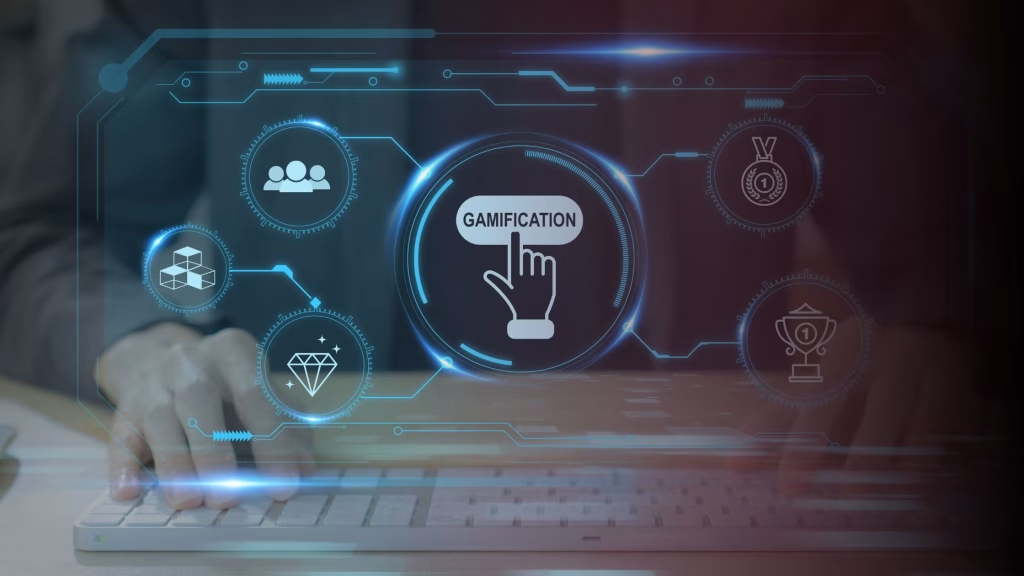
Source: park.edu
Gamification involves integrating game mechanics—such as point systems, badges, challenges, and rewards—into non-game environments to encourage specific behaviors. When applied to influencer marketing, this approach takes audience interaction to a whole new level. Influencers have started to realize that it’s not just about posting content anymore; it’s about creating experiences that encourage followers to actively participate, return for more, and become a part of a community. Gamified features, like weekly challenges, contests, or interactive polls, keep followers engaged and invested in the influencer’s content, which in turn leads to better audience retention.
The key benefit of gamification is its ability to tap into human psychology. When people are given a challenge or a task with clear rewards, it triggers their intrinsic motivation to participate. Whether it’s collecting points for sharing content, earning rewards for watching videos, or unlocking exclusive content for completing certain actions, followers are more likely to engage in the content, share it, and invite others to do the same. This increases the chances of the influencer’s content going viral, resulting in exponential growth of their audience.
Challenges Influencers Face with Social Media Engagement
While gamification offers a great way to boost audience interaction, influencers face several challenges in their quest for greater engagement. In a constantly evolving social media landscape, factors such as content saturation, changing algorithms, and maintaining audience loyalty continue to pose difficulties. Additionally, staying authentic while implementing gamified strategies can be tricky. Overcoming these challenges requires a deep understanding of how to effectively balance gamified content with the influencer’s unique voice.
Integrating Gamification Across Social Media Platforms
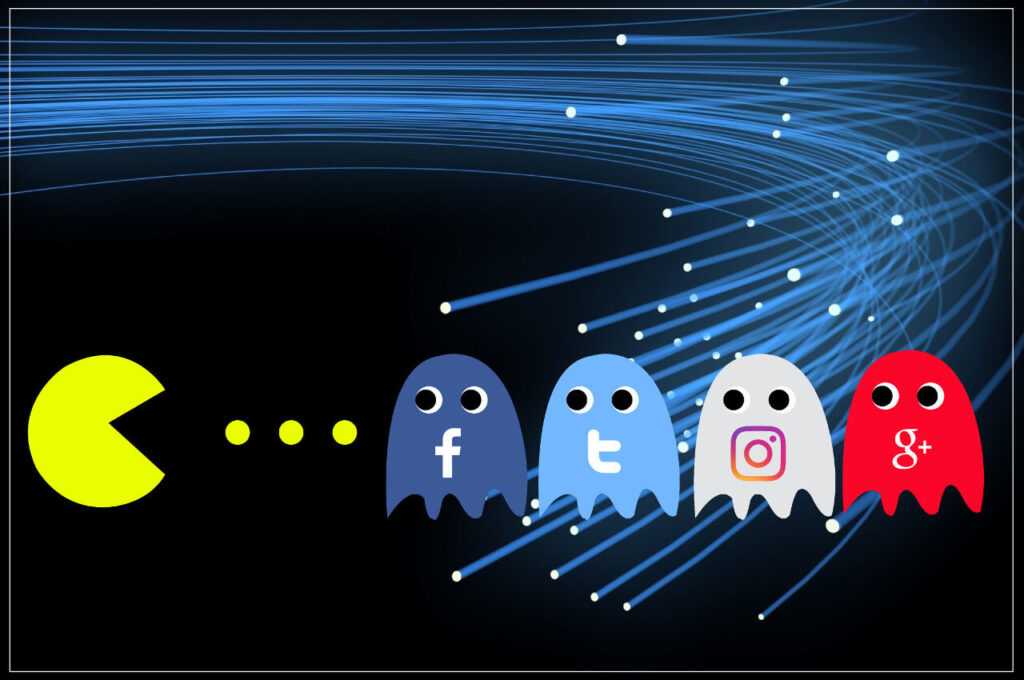
Source: sganalytics.com
The beauty of gamification lies in its adaptability across different platforms. Instagram Stories, TikTok, YouTube, and even Facebook have begun incorporating features that enable influencers to gamify their content. For example, Instagram has implemented the use of polls, quizzes, and countdowns, all of which add an interactive element to the posts. Influencers can create challenges or ask their followers to vote on certain aspects of their content, such as the next product they should review or what kind of post they would like to see next. This not only enhances engagement but also makes the audience feel valued, as they have a say in the influencer’s creative process.
On platforms like YouTube, influencers can integrate gamification through interactive video formats, such as choosing-your-own-adventure style content, where viewers can decide the direction of the story or the outcome of a challenge. These interactive features increase viewer retention and foster a sense of involvement, turning passive viewers into active participants.
Gamification’s Impact on Brand Partnerships and Sponsorships
Gamification also opens up new opportunities for brands to partner with influencers in more creative ways. Brands can sponsor challenges, competitions, or rewards programs, which can significantly increase brand visibility and loyalty. For example, a fitness brand might partner with an influencer to create a month-long challenge where followers track their workouts to earn prizes. The gamified nature of the challenge not only promotes the brand but also increases engagement and participation among the influencer’s audience. As a result, gamification benefits both the influencer and the brand by creating a more dynamic and memorable marketing experience. According to Harvard Business Review, gamification strategies are increasingly being used by businesses to foster deeper connections with customers and enhance brand engagement.
Conclusion
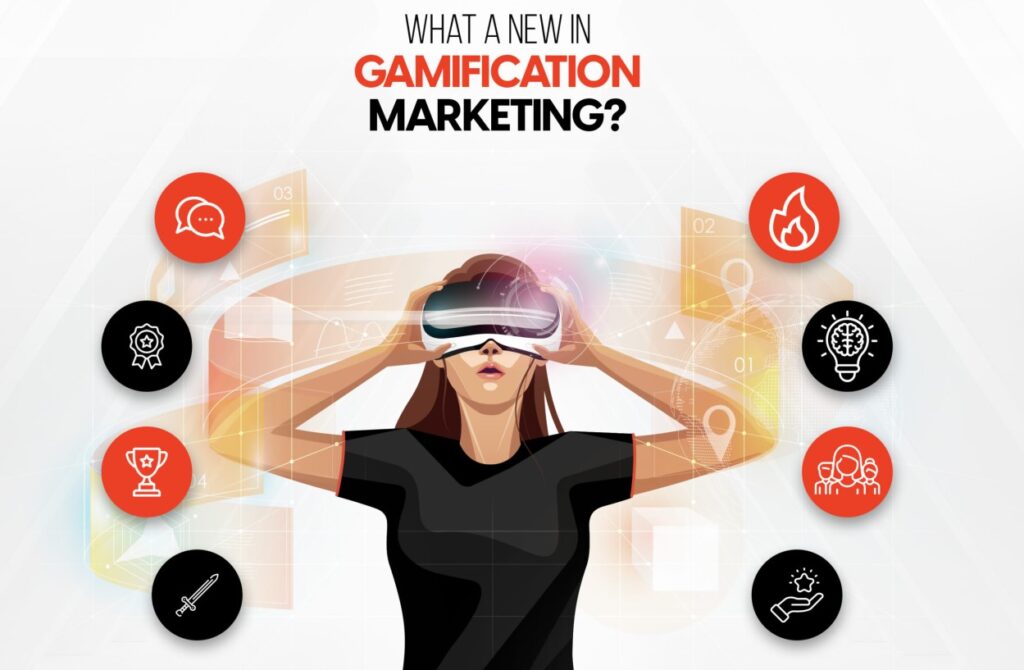
Source: tekrevol.com
Incorporating gamification into influencer marketing is a smart move for influencers looking to grow their audience and increase engagement. By leveraging game-like elements such as rewards, challenges, and interactive features, influencers can create compelling, immersive experiences that keep their followers coming back for more. As the digital landscape continues to evolve, gamification is likely to become an even more integral part of the influencer marketing toolkit. Influencers who embrace this strategy now are well-positioned to not only grow their audience but also build stronger, more lasting relationships with their followers.




